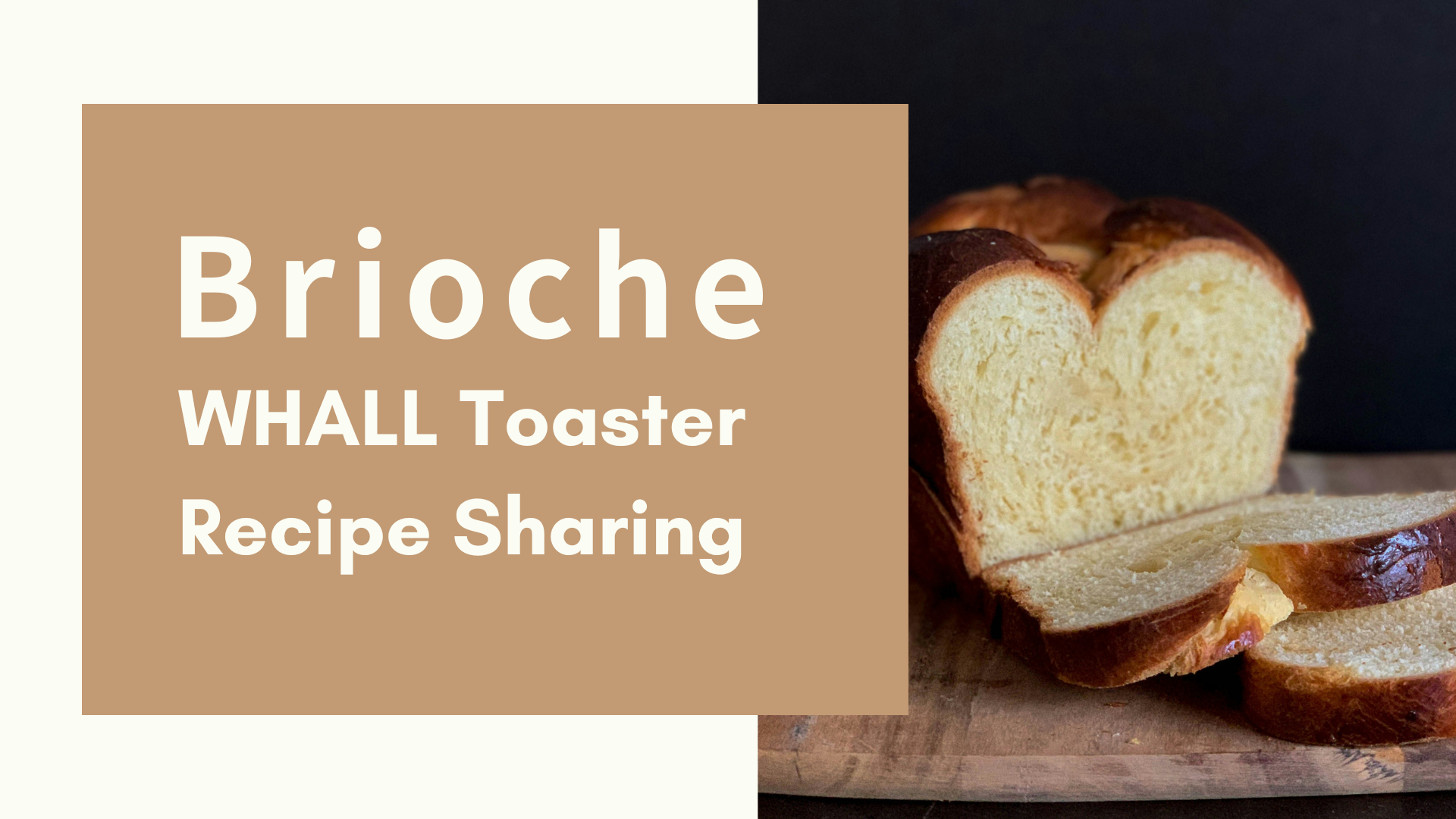Amid the joy of welcoming a newborn, many parents carefully prepare essentials such as cribs, strollers, and baby clothes but often overlook a household appliance that is crucial to their baby's health—the vacuum cleaner. In reality, for families with infants, a high-performance vacuum cleaner is not a luxury but a necessity for ensuring a child’s healthy growth. This article will analyze the multiple benefits of vacuum cleaners in households with babies, helping parents make informed decisions.

Infants’ Special Need for a Clean Environment
A newborn’s respiratory system is extremely delicate, and their immune system is not yet fully developed. Statistics show that infants breathe 2-3 times more frequently per minute than adults, meaning they are far more likely to inhale airborne pollutants. Household dust often contains allergens such as dust mite feces, pollen, and mold spores—microscopic particles as small as 0.5 microns that can trigger allergies, asthma, and other respiratory issues in babies.
Once babies start crawling, their close contact with floors increases dramatically. Studies indicate that a crawling baby’s hands can come into contact with thousands of bacteria and allergens per square centimeter, which can easily enter their bodies through hand-to-mouth transmission. An efficient vacuum cleaner can significantly reduce harmful particles in floors and carpets, creating a safer environment for exploration.
The Shortcomings of Traditional Cleaning Methods
Many parents believe that brooms and mops are sufficient for maintaining cleanliness, but this is far from true. Traditional sweeping only removes surface-level dust, while microscopic allergens hidden deep in carpet fibers, mattresses, or furniture crevices remain untouched. Worse, sweeping often stirs up dust, leaving particles suspended in the air for hours—where they are eventually inhaled by infants.
While wet mopping can trap some dust, it fails to eliminate dust mites and their waste—the primary triggers of allergies. In contrast, modern vacuum cleaners, especially those with HEPA filtration systems, can capture 99.97% of particles as small as 0.3 microns, achieving deep cleaning rather than simply redistributing dust.

The Multiple Benefits of a High-Quality Vacuum Cleaner
-
Health Protection: Reduces airborne allergens and bacteria, lowering the risk of respiratory illnesses and allergies in infants.
-
Convenience & Efficiency: Saves cleaning time, allowing exhausted parents to finish chores faster and spend more quality time with their baby.
-
Versatility: Can be used not only on floors but also on crib mattresses, car seats, plush toys, and other hard-to-wash items.
-
Long-Term Value: Protects not only the baby’s health but also creates a cleaner living environment for the whole family, reducing overall disease transmission.
Choosing the Right Vacuum Cleaner
With countless vacuum models on the market, families with infants should prioritize the following features:
-
HEPA Filtration: Ensures microscopic particles are trapped rather than recirculated into the air.
-
Strong Suction Power: Effectively removes embedded dirt and allergens from deep within fibers.
-
Low-Noise Design: Prevents startling the baby or disrupting their sleep.
-
Lightweight & Easy to Use: Facilitates frequent cleaning and access to hard-to-reach areas.
-
Cordless Design: Enhances mobility and eliminates tripping hazards.
If budget allows, consider premium models specifically designed for families with children or those featuring anti-mite functions. While these may require a higher initial investment, the long-term health benefits for your child are invaluable.
Establishing a Scientific Cleaning Routine
Owning a high-quality vacuum cleaner is only half the battle—developing a proper cleaning routine is equally important:
-
Vacuum high-traffic areas (e.g., nursery, living room) thoroughly at least every two days.
-
Always vacuum before mopping to prevent dust from spreading via wet cloths.
-
Regularly clean the vacuum’s filter to maintain optimal performance.
-
Vacuum when the baby is not in the room to minimize direct exposure to airborne dust.

A child’s health is priceless. During the most vulnerable stages of infancy, providing the cleanest possible environment is one of the most fundamental protections parents can offer. A high-quality vacuum cleaner is more than just a household appliance—it is a guardian of your baby’s respiratory health and a worthwhile investment for every family with an infant. When you see your little one crawling freely and exploring happily on the floor, you’ll be grateful for making this wise decision.




Leave a comment
This site is protected by hCaptcha and the hCaptcha Privacy Policy and Terms of Service apply.